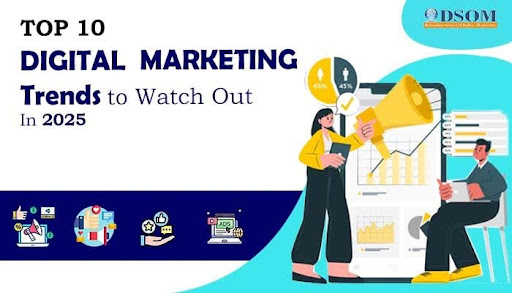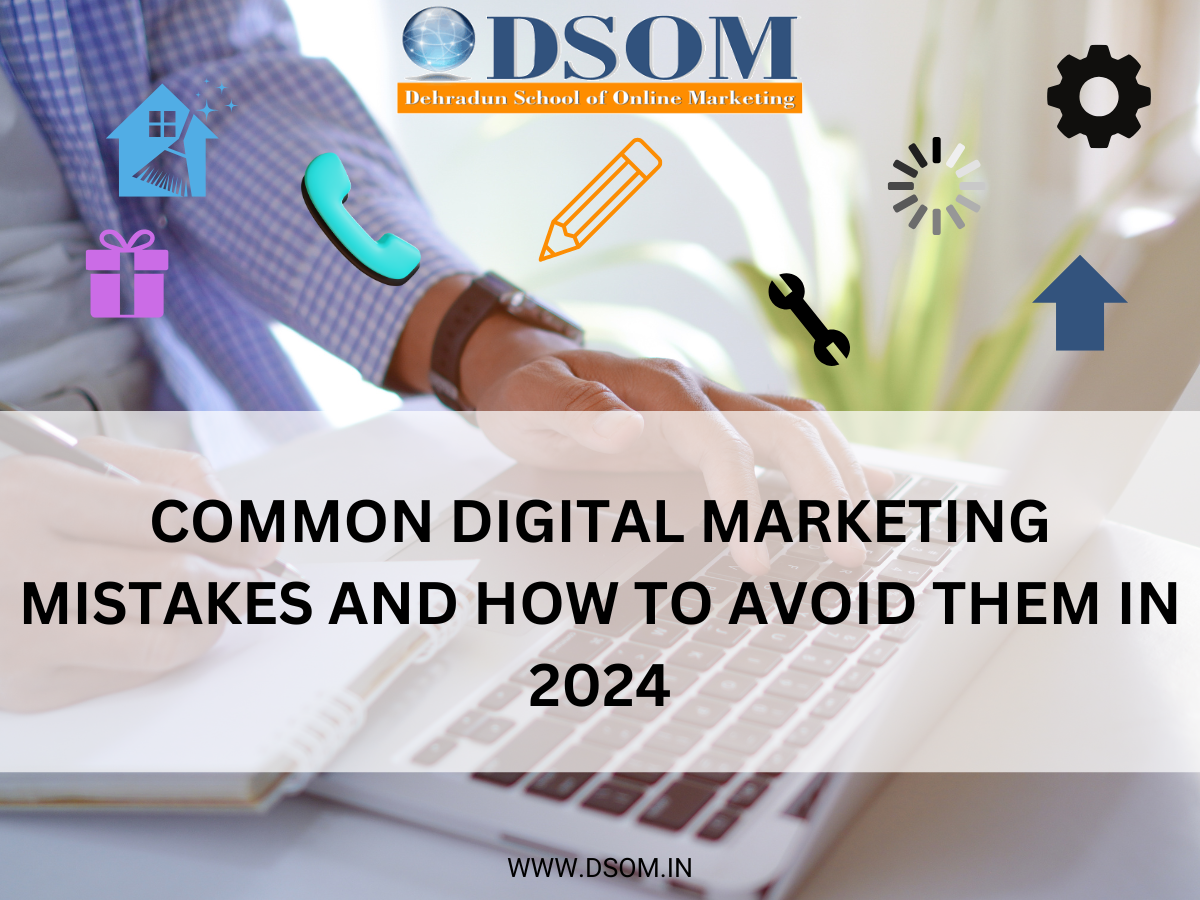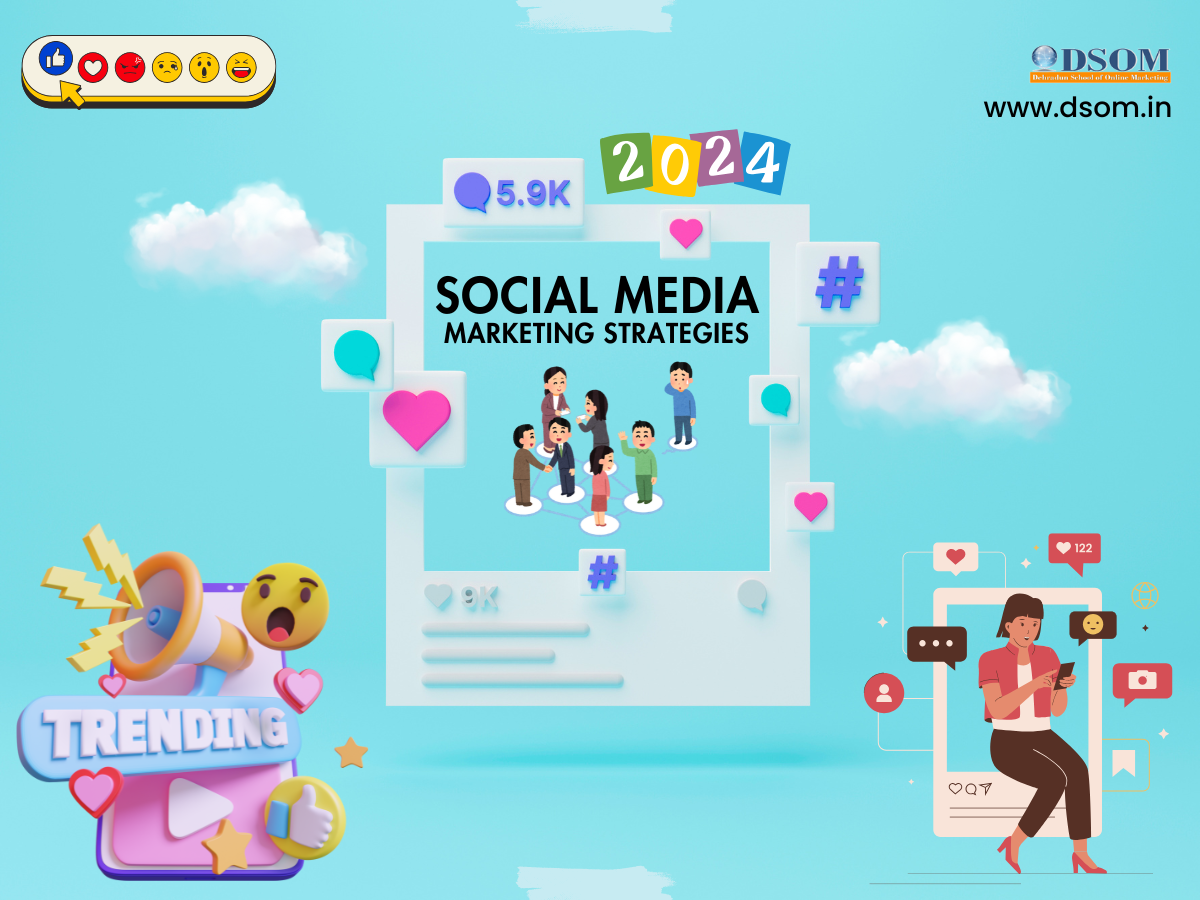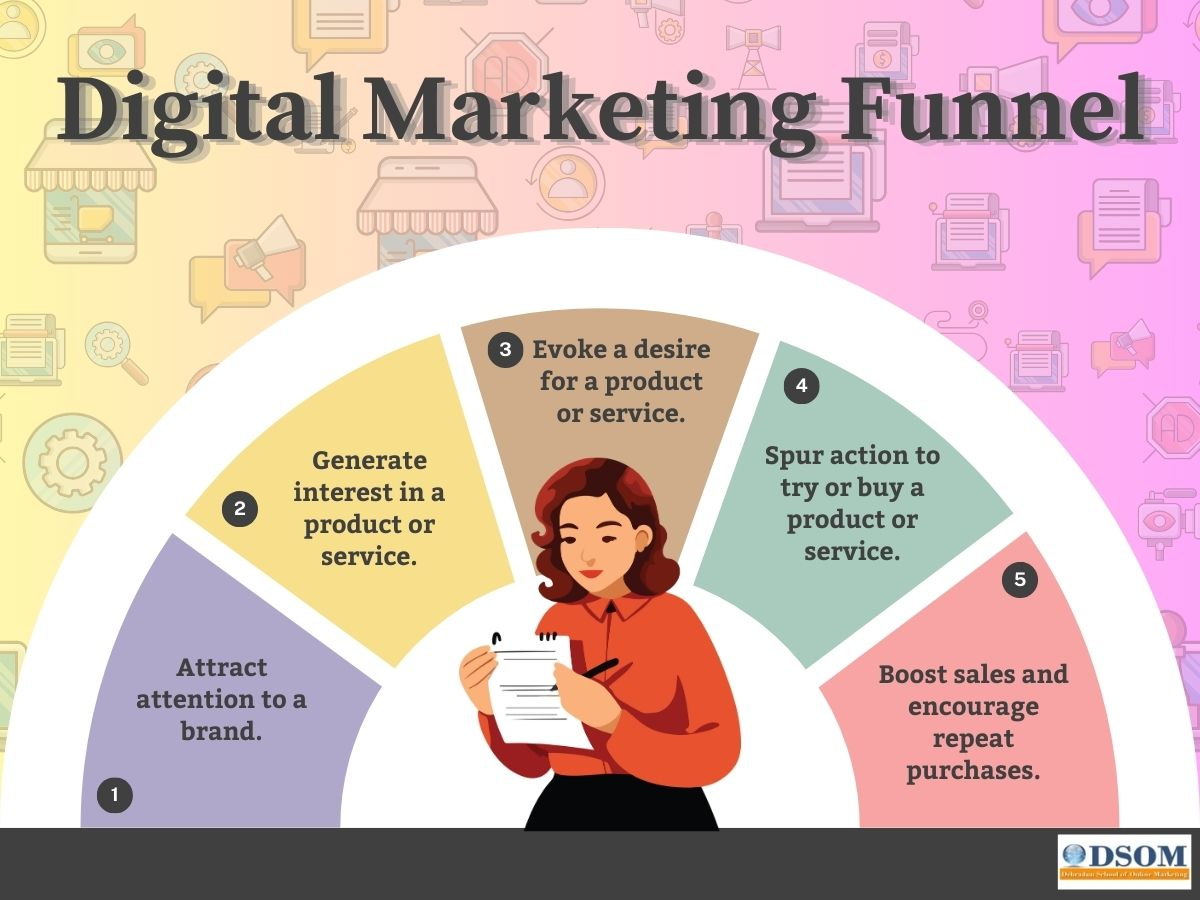
Getting to know your customer better is essential for any business that wants to succeed. Here are some tips for getting to know your customer better.
Optimizing images for websites is crucial to ensure faster page loading times, improved user experience, and better search engine rankings. Here’s a beginner’s guide on how to optimize images for websites.
The first step in optimizing images for your website is to choose the right file format. There are three main file formats that are commonly used for images on websites: JPEG, PNG, and GIF.
JPEG is best for images with a lot of detail and color, such as photographs. It has a smaller file size compared to other formats, making it ideal for web use.
PNG is best for images with transparency or a small number of colors, such as logos or graphics. PNG files are larger in size than JPEG files but offer better quality.
GIF is best for animated images and images with a limited number of colors, such as icons or small animations. GIF files are generally smaller in size compared to other formats.
After choosing the right file format, the next step is to compress your images. Compression reduces the file size of an image without significantly affecting the quality.
There are several tools and software available online that you can use to compress your images. Some popular options include Adobe Photoshop, GIMP, and Tiny PNG.
When compressing your images, it's important to strike a balance between file size and image quality. You want your images to be as small as possible without sacrificing too much quality.
Another important step in optimizing images for websites is resizing them. Large images can slow down your website's loading time and negatively impact the user experience.
Resize your images to the appropriate dimensions before uploading them to your website. This will help reduce the file size of your images and improve the overall performance of your website.
There are several online tools and software available to help you resize your images. Some popular options include Adobe Photoshop, GIMP, and Canva.
When uploading images to your website, it's important to use descriptive file names. Descriptive file names help search engines understand what the image is about and improve the image's search engine rankings.
Instead of using generic file names like "IMG_001," use descriptive file names like "beach-sunset.jpg" or "company-logo.png." This will help search engines and users understand what the image is about.
Alt text is a description of an image that is used by screen readers for the visually impaired. It's also used by search engines to understand what the image is about.
When adding alt text to your images, be descriptive and use relevant keywords. This will help improve the image's search engine rankings and make it more accessible to visually impaired users.
Lazy loading is a technique that loads images as the user scrolls down the page. This helps improve the loading time of your website and prevents large images from slowing down the page.
There are several plugins and tools available that can help you implement lazy loading on your website. Some popular options include WP Rocket and Lazy Load by WP Rocket.
Depending on the user's location, your website's content is distributed to them via a network of servers known as a content delivery network (CDN). This helps improve the loading time of your website and ensures a better user experience.
By using a CDN, your images will be served from the server closest to the user, reducing the loading time and improving the overall performance of your website.
Optimizing images for websites is an important part of improving the performance and user experience of your website. By following these tips, you can reduce the file size of your images, improve the loading time of your website, and boost your search engine rankings.
Color is a powerful tool in graphic design. It can evoke emotions, communicate messages, and create visual interest. However, using color effectively requires an understanding of color theory and the principles of design. In this article, we will explore how to use color effectively in graphic design.
Before we dive into the practical applications of color, it's important to understand the basics of color theory. A color wheel is a useful tool for understanding the relationships between colors. The primary colors are red, blue, and yellow. Secondary colors are created by mixing two primary colors together. Tertiary colors are created by mixing a primary color with a secondary color.
Complementary colors are opposite each other on the color wheel. For example, red and green are complementary colors. When used together, they create a high-contrast effect. Analogous colors are next to each other on the color wheel. They create a harmonious effect when used together.
Color can be used to create a visual hierarchy in graphic design. By using color to differentiate between elements, you can guide the viewer's eye to the most important information. For example, you might use a bold, bright color for headlines, and a lighter color for body text. This creates a contrast that draws the eye to the headline.
Color has the ability to evoke emotions and feelings. Warm colors like red, orange, and yellow create a sense of energy and excitement. Cool colors like blue, green, and purple create a calming effect. Neutral colors like gray and beige create a sense of balance and sophistication. When choosing colors for your design, think about the emotions you want to convey.
Using Color to Create Brand Identity:
Color is an important component of brand identity. When used consistently, color can help create a recognizable brand. For example, think about the iconic red and white of Coca-Cola or the blue and yellow of IKEA. When choosing colors for a brand, it's important to consider the emotions you want to convey and the message you want to communicate.
Contrast is an important principle of design. It helps to create visual interest and guide the viewer's eye. Color can be used to create contrast in a design. For example, you might use a bright, bold color against a neutral background to create contrast. Or, you might use complementary colors to create a high-contrast effect. These are some tips for Getting to know your customers better.
 How to Turn Your Photos into Ghibli-Style Art with ChatGPT for Free
How to Turn Your Photos into Ghibli-Style Art with ChatGPT for Free Top 10 AI Tools for Plagiarism-Free Content Writing: Boost Your SEO & Digital Marketing Efforts
Top 10 AI Tools for Plagiarism-Free Content Writing: Boost Your SEO & Digital Marketing Efforts The Rise of Graphic Designing in 2025: A Career Guide.
The Rise of Graphic Designing in 2025: A Career Guide. The Rise of Video Editing: A Crucial Skill in 2025
The Rise of Video Editing: A Crucial Skill in 2025 Top 10 Digital Marketing trends in 2025
Top 10 Digital Marketing trends in 2025 Common Mistakes in Digital Marketing and How to Avoid Them 2025
Common Mistakes in Digital Marketing and How to Avoid Them 2025 The Future of Digital Advertising: What You Need to Know
The Future of Digital Advertising: What You Need to Know Social Media Marketing in 2024: Strategies for Maximum Engagement
Social Media Marketing in 2024: Strategies for Maximum Engagement Building a Successful Digital Marketing Funnel: A Step-by-Step Guide
Building a Successful Digital Marketing Funnel: A Step-by-Step Guide 5 ways to make money from home using AI (Artificial-Intelligence) in 2024
5 ways to make money from home using AI (Artificial-Intelligence) in 2024Registration: DSOM
